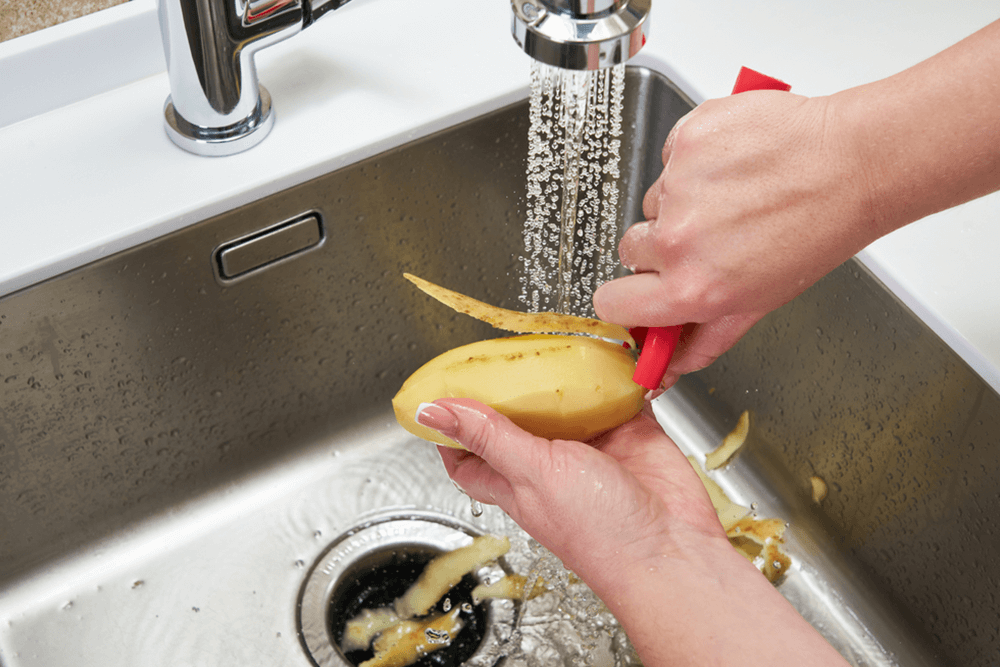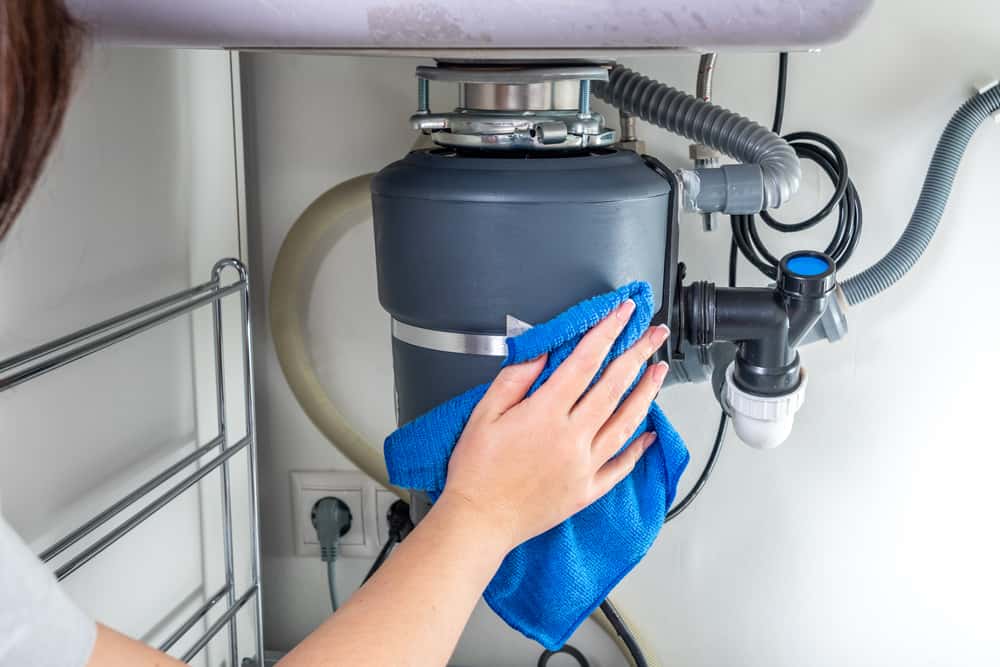We've found this great article pertaining to Garbage Disposal Leaking From Bottom down the page on the web and figured it made sense to share it with you on this page.

Garbage disposals are vital kitchen area devices that help in getting rid of food waste efficiently. However, a dripping waste disposal unit can be a frustrating and untidy trouble to handle. Fortunately, many leakages can be fixed quickly with a few easy actions. In this article, we will review just how to take care of a dripping garbage disposal successfully.
Introduction
Waste disposal unit are mounted under cooking area sinks and are designed to shred food waste right into smaller sized items, allowing it to travel through the plumbing system quickly. While these tools are typically reliable, leaks can take place with time because of deterioration, loose connections, or damage to the device.
Common Causes of Leakages in Waste Disposals
Worn Seals and Gaskets
Seals and gaskets play a critical function in preventing water from dripping out of the waste disposal unit. Gradually, these components can deteriorate, causing leaks around the disposal unit.
Loose Connections
The links between the waste disposal unit and the plumbing system can end up being loosened gradually, causing water to leak out throughout operation.
Splits or Openings in the Disposal Unit
Physical damage to the waste disposal unit, such as fractures or holes in the housing, can likewise result in leaks.
Determining the Source of the Leakage
Prior to attempting to repair a dripping waste disposal unit, it is vital to recognize the resource of the leak. This can generally be done through aesthetic inspection or by performing basic examinations.
Visual Evaluation
Check the garbage disposal system thoroughly for any kind of signs of water leak. Pay attention to areas around seals, gaskets, and link points.
Testing for Leaks
One way to evaluate for leakages is by running water via the disposal unit and looking for any visible indications of leakage.
Devices and Products Needed for Fixing a Dripping Garbage Disposal
Prior to beginning the repair work process, collect the necessary devices and products, including a screwdriver, adjustable wrench, plumber's putty, substitute seals or gaskets, and epoxy or patching material for fixing cracks or openings.
Step-by-Step Guide to Fixing a Dripping Garbage Disposal
Shut off the Power
Prior to trying any type of repair work, ensure that the power to the waste disposal unit unit is turned off to avoid the risk of electric shock.
Locate the Leakage
Recognize the specific place of the leakage and determine the cause.
Tighten Connections
Use a wrench to tighten up any loosened connections between the disposal system and the plumbing system.
Change Seals or Gaskets
If the leakage results from worn seals or gaskets, remove the old elements and change them with new ones.
Patching Cracks or Openings
For cracks or openings in the disposal unit, usage epoxy or an appropriate patching material to seal the broken area.
Checking the Waste Disposal Unit After Repair Service
Once the repair work is complete, check the garbage disposal by running water via it to guarantee that the leakage has actually been settled.
Preventive Upkeep Tips to Avoid Future Leaks
To prevent future leaks, it is vital to perform normal upkeep on your garbage disposal. This consists of keeping it clean, avoiding placing non-food things or tough items down the disposal, and occasionally checking for leakages or other concerns.
Final thought
To conclude, fixing a leaking garbage disposal is a relatively straightforward process that can be finished with standard devices and materials. By complying with the actions outlined in this post and exercising preventive maintenance, you can keep your garbage disposal in good working condition and prevent pricey repair services in the future.
What to Do About a Leaking Garbage Disposal
A leaking garbage disposal often goes unnoticed until you confront a sopping cabinet, a foul-smelling puddle, or an audible drip-drip-drip from the unit. The fix can be frustrating, too, because the leak can stem from a number of components in the system. Fortunately, with a little sleuthing, you can zero in on the leak and—depending on the exact location—stop the icky oozing and repair the component that caused it. Worst case scenario, if it turns out that the garbage disposal must be replaced, installing a new one is a reasonable do-it-yourself task for those with basic plumbing skills. Read on to keep the cash you’d otherwise hand over to a pro.
Prepare to find the leak
Prior to testing the garbage disposal for leaks, unplug it at the wall outlet and turn off the power from the breaker box to prevent electrical shock. Then insert a watertight sink stopper into your sink drain and wipe the unit dry with a clean cloth. In any handy container, mix a few drops of food coloring into a few cups of water, and pour the dyed water onto the sink stopper to help you locate the leak.
Investigate the source
the top, where the disposal meets the sink drain the side, where the dishwasher hose or main drain pipe connects to the disposal or the bottom of the unit Inspect each of these locations while gliding a light-colored rag over the unit; the dyed water will readily show on the rag and reveal the location of the leak. If a leak isn’t immediately apparent, remove the sink stopper and pour a few more cups of dyed water down the sink drain, then check for leaks again. Leaks near the top of the unit are more likely to show themselves while the sink is plugged, while side and bottom leaks are more noticeable while the sink is unplugged.
The metal sink flange that sits directly inside the sink drain is typically sealed around the top with plumber’s putty (a clay-like sealant) and then secured from under the sink with bolts. If the plumber’s putty deteriorates, or the bolts loosen, the flange can no longer form a watertight seal between the sink drain and the disposal—which could cause a leak at the top of the unit.
To reseal the leaky flange, you must first detach the garbage disposal. Start by loosening the screws securing the main drain pipe to the disposal, then loosen the screws in the metal clamp securing the dishwasher hose to the disposal and detach the drain pipe and dishwasher hose from the disposal. Loosen the screws in the mounting ring that connects the disposal to the metal mounting assembly beneath the sink, then pull down the disposal and carefully set it on a clean, dry surface. Loosen the bolts in the mounting assembly with a wrench, then pull down the mounting assembly and set it near the disposal.

As a passionate reader about Tips on Fixing a Leaking Garbage Disposal, I thought sharing that segment was worth the trouble. Those who liked our page please make sure you remember to pass it around. Thanks so much for going through it.
View More